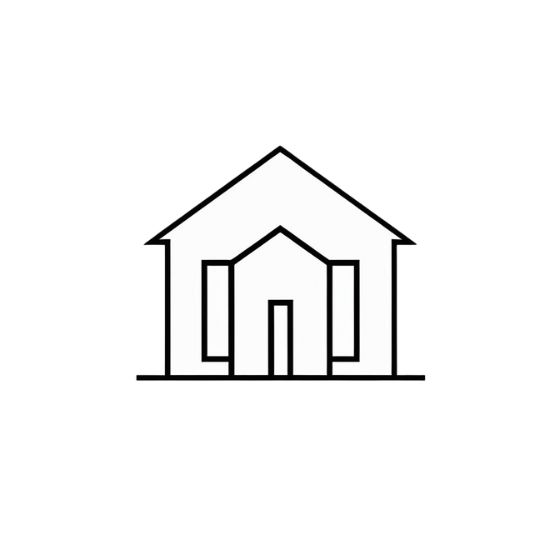Structural Drying & Dehumidification
Complete moisture removal from building materials using industrial-grade dehumidifiers and air movement systems to restore your Galveston property to optimal conditions.
The Science of Structural Drying
Structural drying is far more complex than simply removing visible water. Building materials like drywall, lumber, insulation, and concrete can absorb and retain moisture long after surface water has been extracted. Without proper drying techniques, this trapped moisture will continue to cause damage and create conditions for mold growth. Our Galveston water damage restoration team understands these challenges and uses proven methods to achieve complete drying.
Galveston's coastal humidity levels, which often exceed 80%, make structural drying particularly challenging. The ambient moisture in the air can actually slow the drying process and work against natural evaporation. Our industrial dehumidification systems overcome these environmental challenges by creating controlled drying conditions regardless of outdoor humidity.
Effective structural drying requires understanding psychrometrics - the science of air and moisture interaction. Our certified technicians use specialized calculations to determine the optimal combination of temperature, humidity, and air movement needed to achieve complete drying in the shortest possible time while protecting building materials from over-drying damage.
Advanced Dehumidification Technology
Our industrial-grade dehumidifiers are capable of removing hundreds of gallons of moisture from the air daily. Unlike residential units, our commercial dehumidification systems are designed for continuous operation in challenging environments and can maintain precise humidity levels throughout the drying process.
We deploy both refrigerant and desiccant dehumidifiers depending on the specific drying requirements. Refrigerant dehumidifiers excel in normal temperature and humidity conditions, while desiccant units are essential for low-temperature environments or when extremely low humidity levels are required for specialized materials.
Strategic placement of dehumidification equipment is crucial for optimal results. Our technicians create custom drying zones within your property, ensuring that every affected area receives appropriate moisture removal while maintaining energy efficiency and minimizing noise disruption to occupants.
Continuous monitoring with digital hygrometers and data loggers allows us to track drying progress in real-time. This data-driven approach ensures we achieve industry-standard dryness levels and provides documentation required by insurance companies and restoration industry standards.
Strategic Air Movement and Circulation
Air movement is the catalyst that makes dehumidification effective. Our high-velocity air movers create the airflow necessary to promote evaporation from wet materials and transport moisture-laden air to our dehumidification equipment for processing.
Different materials require different air movement strategies. Hardwood floors benefit from focused airflow that promotes drying without causing cupping or cracking, while carpet and pad require air movement that penetrates deep into the fibers and backing materials.
We utilize both axial and centrifugal air movers to create optimal drying conditions. Axial fans provide high-volume airflow for general drying, while centrifugal units generate focused, high-pressure airflow for targeted drying applications and hard-to-reach areas.
Proper air movement patterns prevent the formation of stagnant air pockets where moisture can become trapped. Our technicians carefully position air movers to create systematic airflow throughout the affected areas, ensuring uniform drying and preventing secondary damage from over-drying.
Precision Monitoring and Quality Control
Daily moisture readings using penetrating and non-penetrating moisture meters provide objective data on drying progress. We maintain detailed logs of moisture levels in different materials, allowing us to predict completion timelines accurately and ensure no area is overlooked during the drying process.
Thermal imaging cameras reveal temperature variations that indicate moisture concentrations and help us verify complete drying. This technology is particularly valuable for detecting moisture within wall cavities and other concealed areas that could become problematic if not properly dried.
We adjust equipment placement and settings based on daily readings to optimize drying efficiency. This proactive approach ensures the fastest possible drying times while maintaining the structural integrity of building materials and preventing damage from over-drying.
Environmental data logging provides continuous records of temperature, humidity, and air circulation throughout the drying process. This documentation satisfies insurance requirements and provides valuable information for property owners about the restoration timeline and progress.
Coastal Climate Drying Challenges
Galveston's subtropical climate presents unique drying challenges that require specialized approaches. High humidity levels throughout much of the year mean that natural drying occurs very slowly, making mechanical dehumidification essential for timely restoration.
Salt air exposure can affect both building materials and drying equipment. Our technicians understand how salt-laden air impacts different materials and adjust drying strategies to account for these coastal conditions, ensuring complete moisture removal without causing additional damage.
Hurricane season brings the additional challenge of power outages during critical drying periods. We maintain backup power generation equipment to ensure continuous dehumidification and air movement even when electrical service is interrupted, preventing setbacks in the restoration timeline.
Drying Services
Drying Timeline
- • Typical drying: 3-5 days
- • Hardwood floors: 5-7 days
- • Structural lumber: 7-10 days
- • Concrete/masonry: 10-14 days
